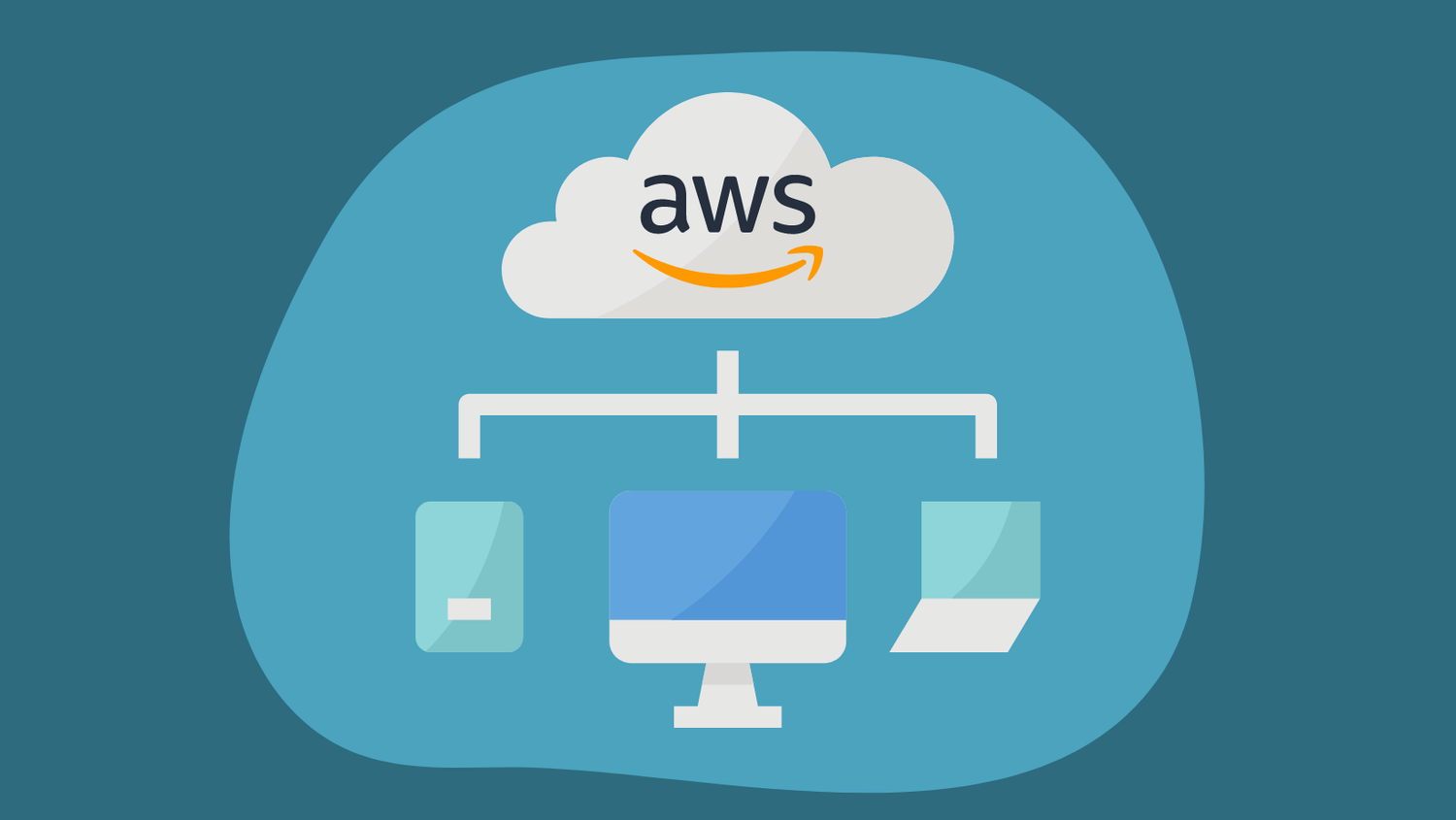Amazon Web Services (AWS): A Guide to Amazon Web Services
 Ahmed Raza
Ahmed Raza
Amazon Web Services (AWS) is a market leader in cloud computing, offering over 200 comprehensive and scalable services to individuals, organizations, and governments worldwide. Launched by Amazon in 2006, AWS has revolutionized how businesses approach IT infrastructure, moving from traditional data centers to a flexible, scalable cloud-based model.
What Is AWS?
AWS is a cloud platform that provides services across various domains, including:
Compute: Amazon EC2 for virtual servers.
Storage: Services like Amazon S3 for scalable storage.
Databases: Managed solutions such as Amazon RDS.
Machine Learning and AI: AWS SageMaker for developing AI models.
Networking: Secure content delivery through AWS CloudFront.
AWS's global infrastructure ensures high availability and disaster recovery, supported by 31 geographic regions and over 100 availability zones worldwide. Its pay-as-you-go pricing eliminates the need for upfront capital expenses, enabling startups, enterprises, and public sector organizations to leverage enterprise-grade technology without prohibitive costs.
Why Use AWS?
Cost Efficiency: Businesses only pay for the resources they use.
Scalability: Automatically adjusts resources based on demand.
Security: Offers compliance with 300+ security standards, making it trusted by high-sensitivity sectors like finance and healthcare.
Global Reach: Available across 245 countries, ensuring operational continuity and redundancy.
Innovation: Unique services like AWS Lambda for serverless computing and SageMaker for machine learning drive innovation.
Getting Started with AWS
Sign Up: Create an account on the AWS website.
Explore Services: Use the AWS Management Console to browse services.
Launch Resources: Provision compute, storage, or databases using the intuitive interface.
Manage Permissions: Use AWS IAM (Identity and Access Management) to control user access and ensure data security.
Monitor and Optimize: Utilize AWS CloudWatch for real-time insights and cost optimization.
Common Use Cases
AWS supports a variety of business applications, including:
Web Hosting: High-performance hosting for websites and applications.
Data Analysis: Services like Amazon Redshift enable big data processing and analytics.
Disaster Recovery: AWS offers robust recovery solutions with minimal downtime.
AI and Machine Learning: Businesses use SageMaker to implement AI without prior expertise.
Conclusion
AWS is more than just a cloud service provider—it’s a catalyst for innovation and business transformation. Its breadth of services and global infrastructure make it the preferred choice for enterprises and startups alike. By enabling organizations to scale seamlessly, reduce costs, and maintain security, AWS continues to lead the cloud computing revolution.
Sources
Subscribe to my newsletter
Read articles from Ahmed Raza directly inside your inbox. Subscribe to the newsletter, and don't miss out.
Written by

Ahmed Raza
Ahmed Raza
Ahmed Raza is a versatile full-stack developer with extensive experience in building APIs through both REST and GraphQL. Skilled in Golang, he uses gqlgen to create optimized GraphQL APIs, alongside Redis for effective caching and data management. Ahmed is proficient in a wide range of technologies, including YAML, SQL, and MongoDB for data handling, as well as JavaScript, HTML, and CSS for front-end development. His technical toolkit also includes Node.js, React, Java, C, and C++, enabling him to develop comprehensive, scalable applications. Ahmed's well-rounded expertise allows him to craft high-performance solutions that address diverse and complex application needs.